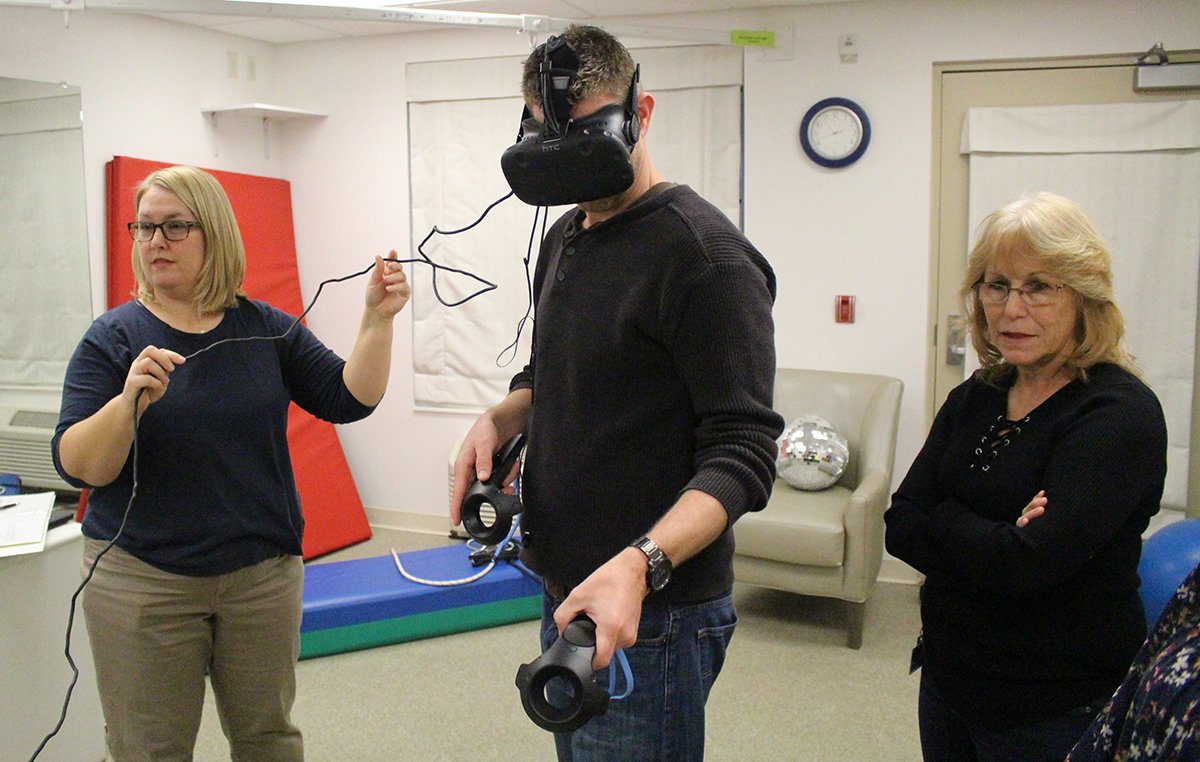How Virtual Reality is Helping Special Tree Treat TBI
Virtual Reality isn’t just for gamers. For therapists like Courtney Fankhauser, Certified Recreational Specialist at Special Tree, it’s a fantastic tool to motivate patients recovering from traumatic brain injury.
“We appreciate the immersive experience VR offers patients,” shares Fankhauser, “And that it allows us to follow their progress.”
In virtual reality, or “VR”, patients interact with 3-D, computer-generated environments to experience activities like baseball, travel, mountain climbing and more. Therapists are able to watch what patients are doing in real time via monitor, then store data from their sessions to track trends over time.
At Special Tree, virtual reality has provided a powerful method to engage patients in the rehabilitation process.
“One of our patients, Josh, uses virtual reality during his therapy sessions to improve his range of motion and bilateral integration of his upper extremities,” says Fankhauser. Josh participates in a variety of virtual experiences including sports such as skeet shooting.
“These virtual experiences have encouraged him to use both arms to complete daily tasks. Using ‘virtual therapy’ has helped him achieve a goal that traditional therapy may not have because it provided a new, fun environment.”
According to Fankhauser, the future of virtual reality in rehabilitation is bright. Special Tree continues to educate therapists, staff, and patients on the benefits of using VR as a treatment modality.
“I think when patients are aware that this is an option, they will be more receptive to using it for their therapy and will realize how essential it is to motivating their recovery.”

